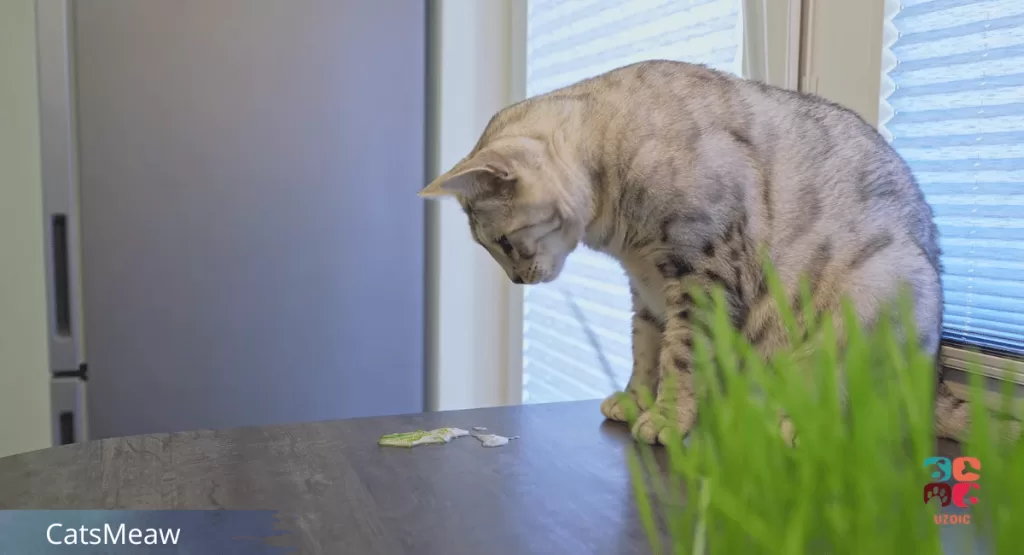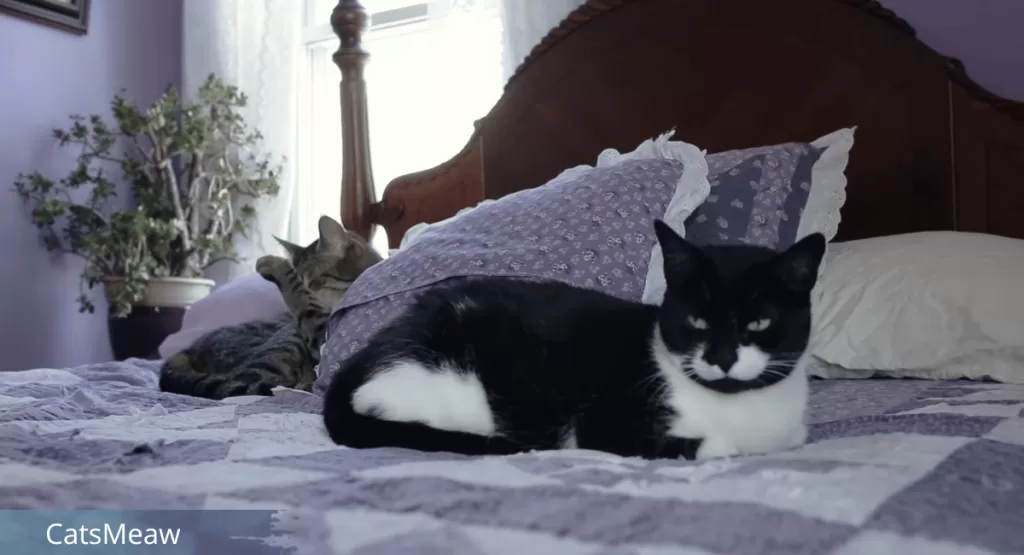If you owne a cat, then you may have encountered the unpleasant experience of finding your furry friend vomiting. While occasional vomiting might not be cause for alarm, it’s important to understand the underlying causes and when to seek veterinary care.

In this article, we will delve into the topic of cat throwing up, specifically focusing on why cats throw up white foam. By understanding the potential reasons behind this phenomenon and learning how to prevent it, you can ensure the well-being of your feline companion.
Table of Contents
Understanding cat throwing up
Vomiting is a natural bodily response in cats that allows them to expel unwanted or harmful substances from their stomach. It can be triggered by various factors, such as eating too quickly, consuming something indigestible, or having an underlying health issue. It’s important to differentiate between occasional vomiting and chronic vomiting.
Occasional cat throwing up, although unpleasant, is often harmless and can be attributed to minor issues. On the other hand, chronic vomiting may indicate a more serious underlying condition and requires veterinary attention.
Common causes of cat vomiting
Cat throwing up can occur for a multitude of reasons, with some of the common causes including dietary indiscretion, hairballs, and sudden dietary changes. Dietary indiscretion refers to when a cat eats something that is not part of its usual diet, leading to digestive upset and subsequent vomiting.
Hairballs, a common occurrence in cats, are formed when they groom themselves and ingest excessive hair. If the hair cannot be passed through the digestive system, it may accumulate and cause vomiting. Sudden dietary changes, such as switching to a new brand of cat food abruptly, can also result in digestive disturbances and vomiting.
White foam vomit in cats
One particular type of vomiting in cats that pets owners may come across is white foam vomit. White foam vomit is typically a mixture of stomach mucus and saliva. It can be alarming to see your cat expel this substance, but it is often a sign of a benign condition. The foam-like appearance is due to the stomach mucus mixing with air as it is expelled.
Our pick: The Best Cat Supplements & Vitamins
While white foam vomit is generally not a cause for immediate concern, it is essential to monitor your cat closely for any accompanying symptoms or changes in behavior.
Potential reasons for white foam vomit
There are several potential reasons why your cat may be throwing up white foam. One common cause is the accumulation of stomach acid. When a cat’s stomach is empty, the stomach acid can irritate the stomach lining, leading to the production of excess mucus. As a result, when the cat vomits, the expelled contents may appear as white foam.
Another possible reason is hairballs. If your cat has a propensity for grooming itself excessively, it may develop hairballs that can cause irritation and subsequent vomiting. Additionally, stress, anxiety, or excitement can also contribute to white foam vomit in cats.
When to be concerned about white foam vomit
While white foam vomit is often benign, there are situations where it could indicate a more serious issue that requires veterinary attention. If your cat is repeatedly vomiting white foam for an extended period, appears lethargic, refuses to eat, or exhibits other concerning symptoms, it is crucial to consult a veterinarian.
These symptoms could be indicative of an underlying medical condition, such as gastrointestinal blockages, pancreatitis, or inflammatory bowel disease. Prompt veterinary care is necessary to diagnose and treat these conditions effectively.
Home remedies for cat throwing up
If your cat is experiencing occasional white foam vomit and is otherwise healthy, there are a few home remedies that you can try to alleviate the issue. One approach is to feed your cat smaller, more frequent meals to prevent an empty stomach, which can contribute to excess stomach acid.
Related: Bloody Diarrhea in Cats: What Does it Mean?

Additionally, providing your cat with a hairball remedy or supplement can help prevent the formation of hairballs and reduce cat throwing up. Another home remedy is to ensure that your cat remains hydrated by offering fresh water at all times. Dehydration can exacerbate vomiting, so it is important to encourage your cat to drink regularly.
When to ask for veterinary care
While home remedies can be effective in certain situations, there are instances when veterinary care is necessary. If your cat’s vomiting becomes chronic, is accompanied by other concerning symptoms, or persists for more than a day, it’s crucial to consult a veterinarian.
They will be able to perform a thorough examination, conduct diagnostic tests if needed, and determine the underlying cause of the vomiting. With an accurate diagnosis, appropriate treatment can be initiated to alleviate the vomiting and address any underlying health issues.
Preventing white foam vomit in cats
Prevention is key when it comes to reducing the occurrence of white foam vomit in cats. One important aspect is feeding your cat a balanced and appropriate diet. Avoid sudden changes in your cat’s diet, and opt for high-quality or even homemade cat food that meets their nutritional needs.
If your cat is prone to hairballs, regular grooming can help minimize the amount of hair ingested during self-grooming. Brushing your cat’s coat regularly and using hairball prevention products can aid in preventing excessive hair ingestion. Additionally, reducing stress and providing a calm environment can help minimize anxiety-related vomiting.
Conclusion
While cat throwing up can be concerning, understanding the potential reasons behind it can help put your mind at ease. White foam vomit, although unpleasant to witness, is often a benign condition that can be managed with proper care. It is essential to monitor your cat’s overall health and behavior, and consult a veterinarian if you notice any concerning symptoms or changes.
By implementing preventative measures and seeking veterinary care when necessary, you can ensure the well-being of your feline companion and minimize the occurrence of white foam vomit.
